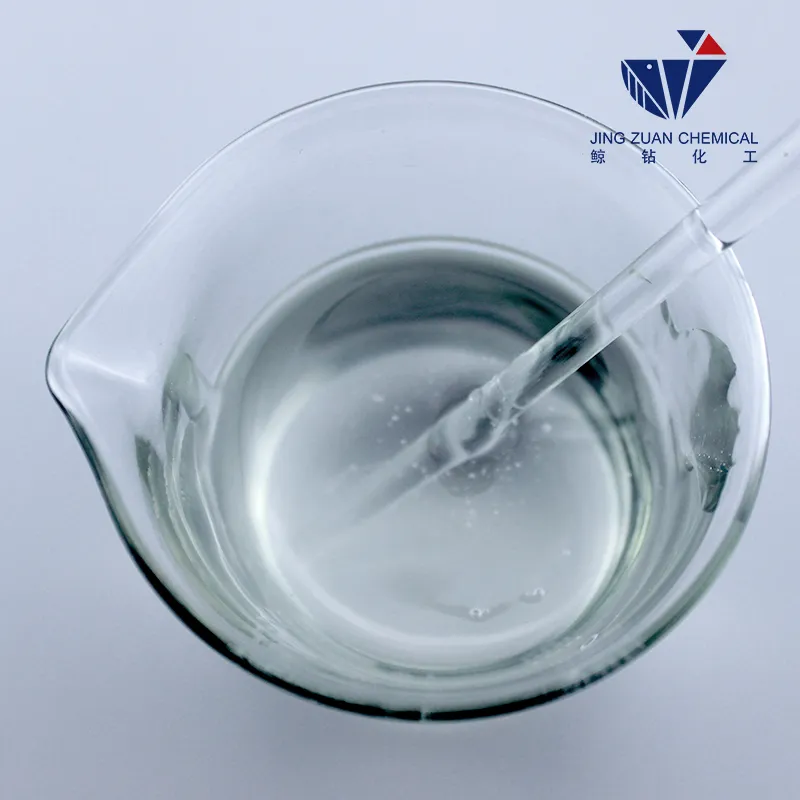
Dec . 11, 2024 02:21 Back to list
Hydroxyethyl Cellulose Applications and Benefits in Modern Industries and Daily Life
Understanding Hydroxyethyl Cellulose Properties, Applications, and Benefits
Hydroxyethyl cellulose (HEC) is a water-soluble polymer derived from cellulose, a natural polymer obtained from plant cell walls. As a modified form of cellulose, HEC incorporates hydroxyethyl groups into the cellulose structure, enhancing its solubility and functionality. This versatile compound has gained attention across various industries due to its unique properties and wide-ranging applications.
Properties of Hydroxyethyl Cellulose
HEC is characterized by its ability to swell in water, forming clear and viscous solutions. This viscosity is highly dependent on the concentration of HEC in the solution and the temperature. One of the notable features of HEC is its pseudoplastic behavior, meaning that its viscosity decreases under shear stress, making it easy to handle and apply in various formulations. Additionally, HEC is non-ionic, which contributes to its compatibility with a range of other ingredients, including ionic species.
Furthermore, HEC is chemically stable and resistant to heat, making it suitable for processes that require sterilization or high temperatures. It is also biodegradable and safe for use, which aligns with the growing demand for environmentally friendly products.
Applications of Hydroxyethyl Cellulose
The applications of hydroxyethyl cellulose span multiple sectors, with the most prominent being in the construction, personal care, pharmaceutical, and food industries
.1. Construction In the construction industry, HEC is commonly used as a thickening agent and stabilizer in cement-based products, such as tile adhesives, joint compounds, and cement plasters. Its water-retaining properties help improve the workability and adhesion of the materials, ensuring a smoother application and enhancing the durability of the finished product.
hydroxyethyl cellulose

2. Personal Care Products In personal care and cosmetic formulations, HEC serves as a thickener, emulsifier, and stabilizer. It is widely used in lotions, creams, shampoos, and gels, providing a desirable texture and improving the spreadability of the products. Its ability to form a film enhances the feel and performance of topical applications. Furthermore, due to its non-irritating nature, HEC is suitable for sensitive skin formulations.
3. Pharmaceuticals Hydroxyethyl cellulose finds utility in the pharmaceutical industry as a binder, thickener, and film-forming agent in tablet formulations and liquid medications. It helps control the release of active ingredients, ensuring a more consistent therapeutic effect. Moreover, HEC is utilized in ophthalmic solutions and contact lens products due to its excellent bioadhesive properties, which enhance comfort and hydration.
4. Food Industry In the food sector, HEC is approved for use as a food additive, where it acts as a thickener, stabilizer, and emulsifier. It is commonly found in sauces, dressings, and baked goods, improving texture and shelf-life. Its ability to retain moisture also contributes to the overall quality of food products.
Benefits of Hydroxyethyl Cellulose
The significant benefits of HEC can be summarized in several key points. First, its water-solubility and non-toxic nature make it an excellent choice for formulations intended for direct human contact. Second, HEC's versatility across different applications allows manufacturers to streamline their processes and rely on a single ingredient for diverse uses. Additionally, HEC contributes to the safety and stability of products, thereby enhancing customer satisfaction.
Moreover, the trend towards sustainable and eco-friendly products further elevates the importance of HEC in formulation science. As consumers become increasingly aware of the environmental impact of their purchases, the demand for biodegradable and non-toxic ingredients like HEC continues to grow.
Conclusion
Hydroxyethyl cellulose is a remarkable polymer with a wide array of applications and benefits across various industries. Its unique properties, including solubility, viscosity control, and stability, make it an indispensable ingredient in construction, personal care, pharmaceuticals, and food. As industries progress towards more sustainable practices, the relevance of hydroxyethyl cellulose will undoubtedly continue to rise, solidifying its role as a vital component in the formulation of diverse products. The future holds promising opportunities for HEC, as it adapts to meet the evolving needs of consumers and businesses alike.
-
Versatile Hpmc Uses in Different Industries
NewsJun.19,2025
-
Redispersible Powder's Role in Enhancing Durability of Construction Products
NewsJun.19,2025
-
Hydroxyethyl Cellulose Applications Driving Green Industrial Processes
NewsJun.19,2025
-
Exploring Different Redispersible Polymer Powder
NewsJun.19,2025
-
Choosing the Right Mortar Bonding Agent
NewsJun.19,2025
-
Applications and Significance of China Hpmc in Modern Industries
NewsJun.19,2025







